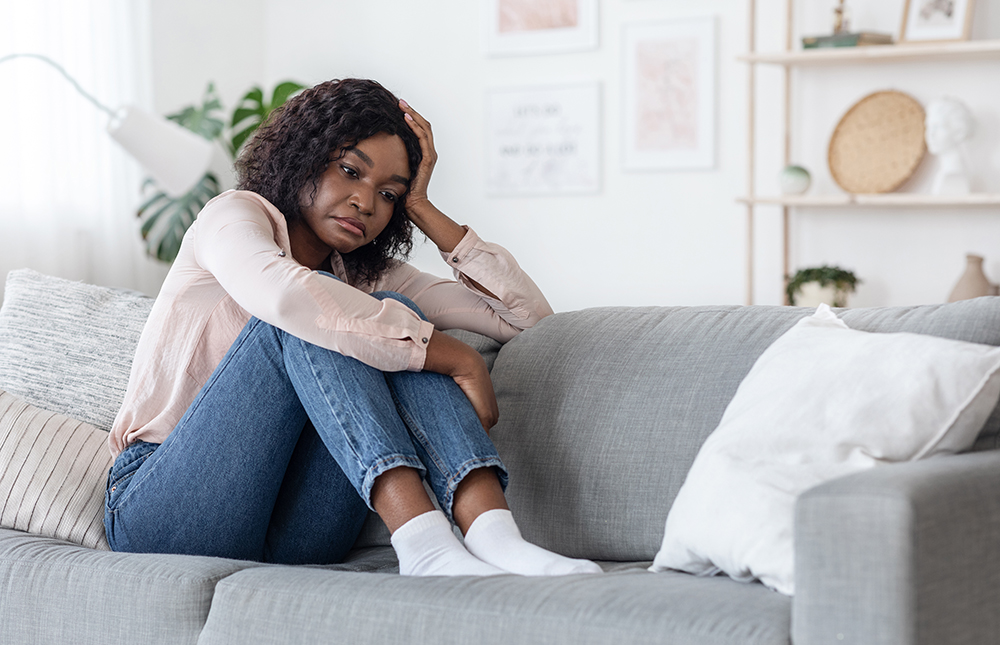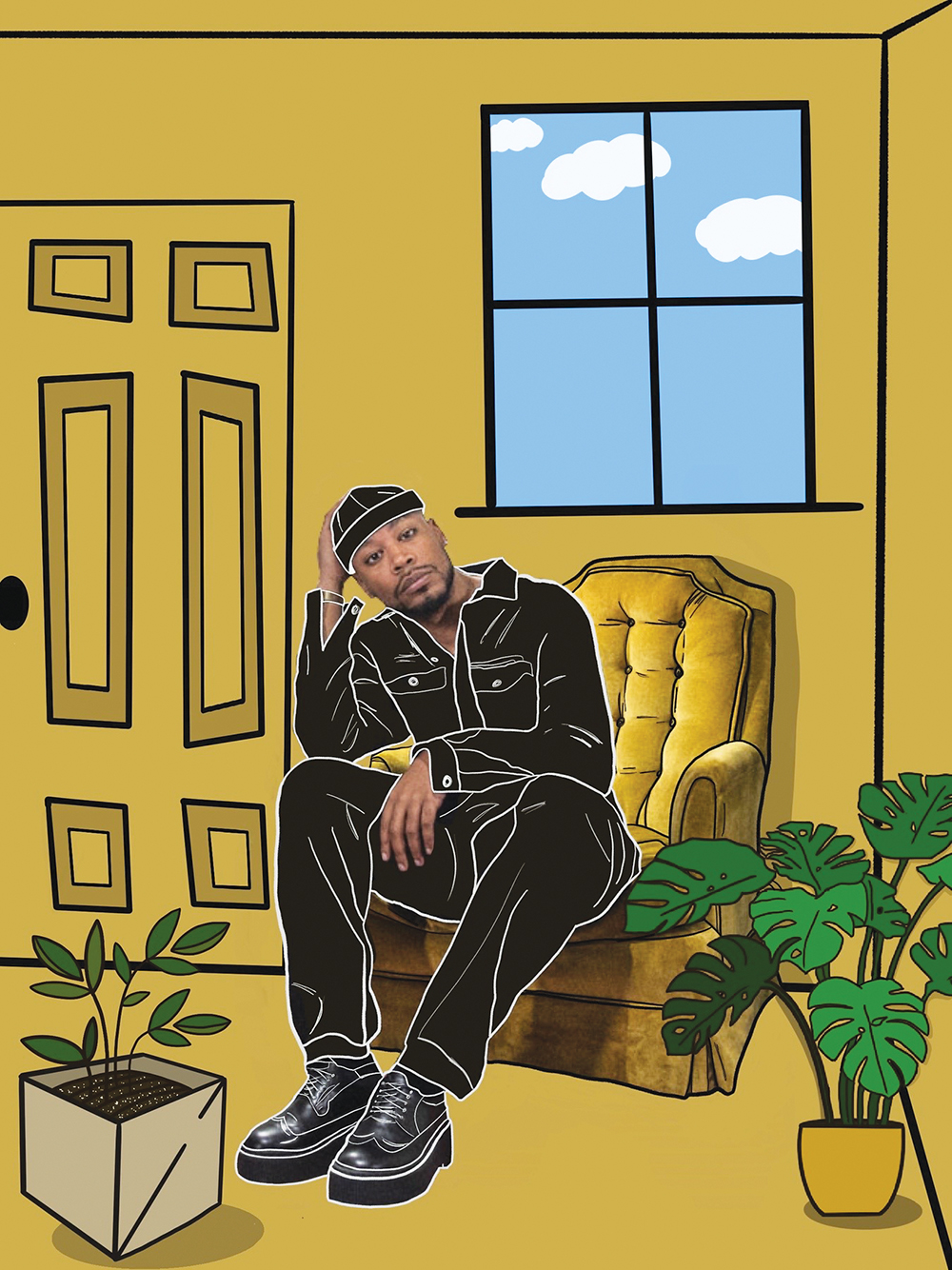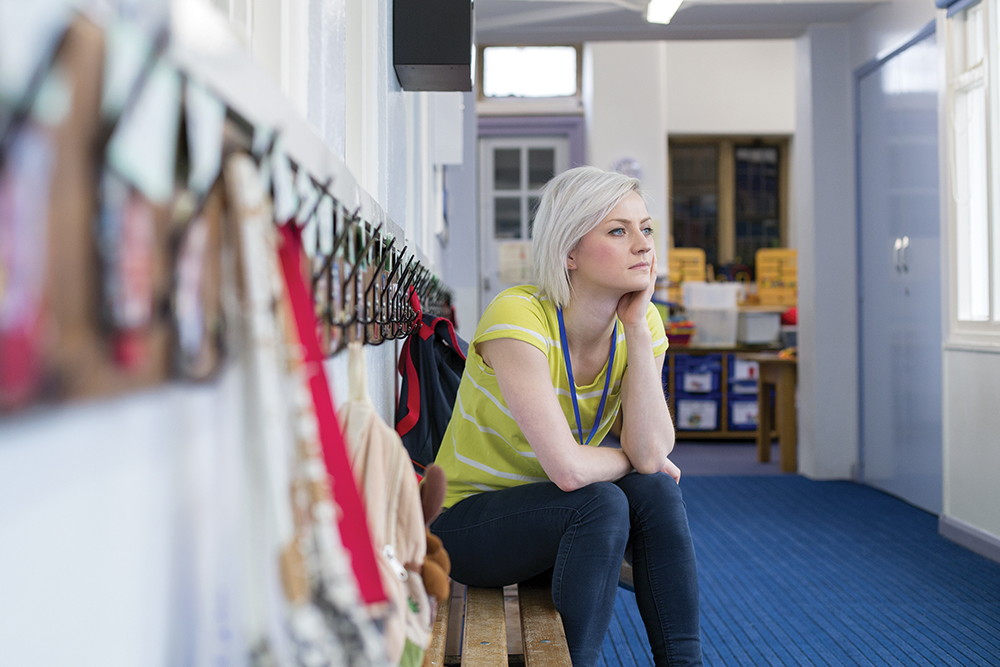Through the fall and winter months, I watched myself and people around me go through the motions. Shorter days tricked my mind into thinking that bedtime was earlier than usual. Tree branches have become bare, and flowers don’t have the strength to bloom in such cold air. Come January and schools are out due to inclement weather conditions.
Freezing temperatures kept me cooped up in my apartment where I knew I could rely on a heater and a cozy blanket to keep me warm. I watched as fewer people left the comforts of their homes to step outside to jog or walk their dogs. I found myself feeling lethargic at work and home. I was there to see a close friend of mine experience sudden feelings of deep sadness and anger, and another who dreaded the holiday season to come because of past trauma.
“I feel like this every year during the fall and winter,” said my friend who is diagnosed with seasonal depression, also known as seasonal affective disorder (SAD). “I start to feel sad, hopeless, and … not myself. I don’t have the motivation to do anything and I start to isolate myself,” she continued. After listening to her story, I realized that I was having a similar experience.
Mental Health America describes seasonal depression as a subtype of depression that occurs around the same time every year. Some symptoms of SAD include feelings of hopelessness, trouble sleeping, oversleeping, weight gain, and mood changes. It’s something that affects about 5 percent of the U.S. population, or 10 million people, annually. It mostly occurs during the fall and winter months but may sometimes happen during the spring and the summer.
It only makes sense that reduced sunlight and cold weather could lead to sadness and depression. In fact, according to Mental Health America, “The reduced level of sunlight in the fall and winter months may affect an individual’s serotonin, a neurotransmitter that affects mood. Lower levels of serotonin are linked to depression.” Sunlight also affects our levels of melatonin, a hormone related to sleep. In the dark, levels of melatonin increase. In other words, Daylight Saving Time can interrupt our internal clock and sleep patterns.
However, reduced sunlight and cold temperatures aren’t the only factors that trigger feelings of depression. The fall and winter months are associated with the holidays. We see it everywhere through bright, colorful Christmas lights, malls packed with gift-shoppers, stores advertising hot chocolate, holiday-themed drinks, and more. For most people, this period brings feelings of joy and happiness, but for others, the holidays are a trigger, causing something called the “Holiday Blues.”
The Holiday Blues is a type of depression that occurs only during the holiday season and is caused by many different factors. For those who are away from family and friends or don’t have a family to spend time with, the holidays can feel lonely. For those who want to give presents to loved ones but are struggling financially, the holidays may be a time of hardship and stress. For those who work in an industry where the holidays mean more hours or an increase in demand for labor, this can be a tense and tiring time. Said to be very similar to SAD, the difference between the two is distinguished by duration and severity of symptoms. According to Verywell Mind, “The holiday blues start around November or December and lift shortly after the new year ends.” On the other hand, SAD typically lasts longer, with symptoms dissipating through the spring and the summer.
It’s impossible to avoid mother nature’s seasons and the darkness, which begins to take up most of our days. Seasonal depression and the holiday blues are much more common yet more complex than I thought they would be, and it doesn’t help that the contagious Covid-19 Omicron variant is forcing more and more people inside. Some say that light or phototherapy aids in preventing and treating the symptoms of SAD. For others, therapy or antidepressants help.
When my friend asks me about what she can do to be happy again, I think about all the things I know that can help boost dopamine and serotonin in our bodies. I am no expert, but I could tell her that exercising will help, that she could try getting some sun, listening to music, and meditating. But what made the most sense to me was remembering that this was just a season. To remember that although things die in the winter, things will always bloom again in the spring. Holding that thought in my mind, I respond and I say, “This, too, shall pass.”
Ashley Insong is a starving artist who is working toward being a best-selling author while teaching full-time and freelance writing part-time. She enjoys singing and writing poetry and short stories about love, self-discovery, and her Filipina heritage.


